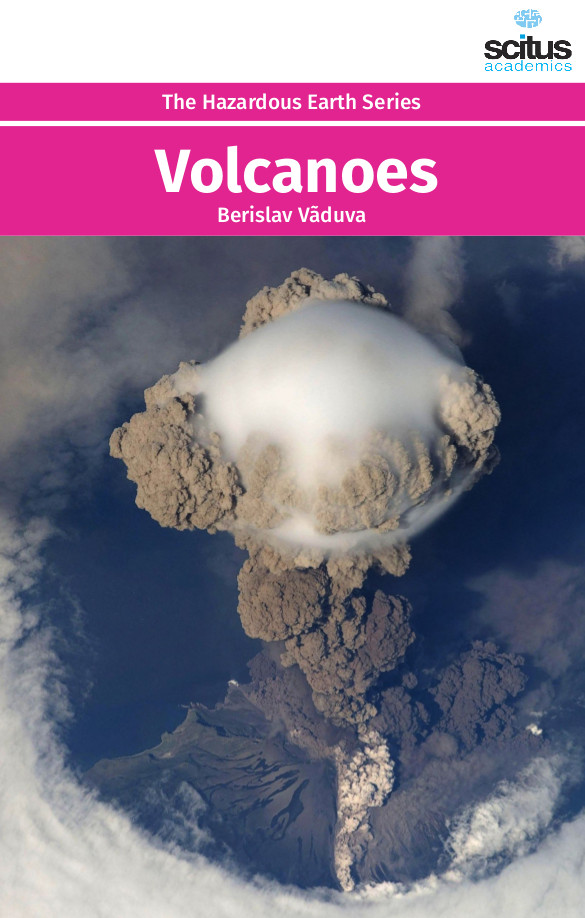A volcano is a vent or chimney which transfers molten rock known as magma from depth to the Earth’s surface. Magma erupting from a volcano is called lava and is the material which builds up the cone surrounding the vent. A Volcanic hazard is the probability that a volcanic eruption or related geophysical event will occur in a given geographic area and within a specified window of time. The risk that can be associated with a volcanic hazard depends on the proximity and vulnerability of an asset or a population of people near to where a volcanic event might occur. Volcanoes emit gases during eruptions. Even when a volcano is not erupting, cracks in the ground allow gases to reach the surface through small openings called fumaroles. More than 90% of all gas emitted by volcanoes is water vapor (steam), most of which is heated ground water (underground water from rainfall and streams). Other common volcanic gases are carbon dioxide, sulfur dioxide, hydrogen sulfide, hydrogen, and fluorine. Sulfur dioxide gas can react with water droplets in the atmosphere to create acid rain, which causes corrosion and harms vegetation. Carbon dioxide is heavier than air and can be trapped in low areas in concentrations that are deadly to people and animals. Fluorine, which in high concentrations is toxic, can be adsorbed onto volcanic ash particles that later fall to the ground. The fluorine on the particles can poison livestock grazing on ash-coated grass and also contaminate domestic water supplies. Volcanic eruptions can drastically alter the geography of a region. Hot, liquid lava flowing downslope can force people living near volcanoes to flee their homes. Even more dangerous, however, are pyroclastic flows and lahars, in which volcanic rock fragments travel in fast-moving clouds and mudslides.
This book ‘Volcanoes’ provides the current trends in volcanological researches demonstrating clearly the research activity in volcanology from geophysical aspects of volcanic systems to their geological framework. It focuses on volcanological problems that could be used as valuable resource for both researchers and graduate research students. This book hence can likewise be valuable for students and researchers.













